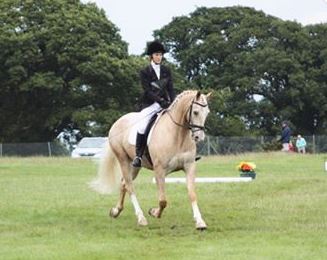

Give and Re-Take Reins
Alex's Dressge Tip Series
Give and Re-take Reins
This is seen in tests in either trot or canter. We want to see the horse working fluently forwards, connected, round and well balanced. The proof of the horse being in self carriage is that, when the contact is clearly released by way of the hands going forwards, there is no change in the rhythm, stride length or ‘roundness’. The horse may search the contact forwards a little in the moment or GR, but remains round, rhythmical, well-balanced and active.
Things that go wrong include….
1. Hollowing / tightening over the back
2. Losing rhythm
3. Stumbling
4. Resisting / disobedience
5. Forgetting to GR
6. Breaking
Tips..
- In the 4-5 strides before the GR really engage the hocks and lighten the front end (positive half halt or sequence of half halts), whilst still remaining round and connected to ensure he isn’t on the forehand and relying on the contact for balance.
- At exactly the right place, show a total release of the contact by pushing your hands clearly forwards. It doesn’t have to be for a specific length of time, but must be sufficient for the self-carriage to be proven.
- Ensure the reins actually loop downwards in the GR.
- Don’t try and fool us by raising your hands momentarily, whilst keeping your contact, hoping that we are either blind or silly.
- Keep your body upright in the GR, as if you lean forward then you risk losing balance/rhythm with too much weight being put on the forehand.
- Keep an eye on the ears, ensuring they remain in the middle by massaging sides gently with legs, so encouraging concentration and engagement throughout the movement.
- Continue to move your body in the same way throughout the GR, as inhibiting and tightening yourself will be passed directly to your horse which is likely to disrupt way of going.













